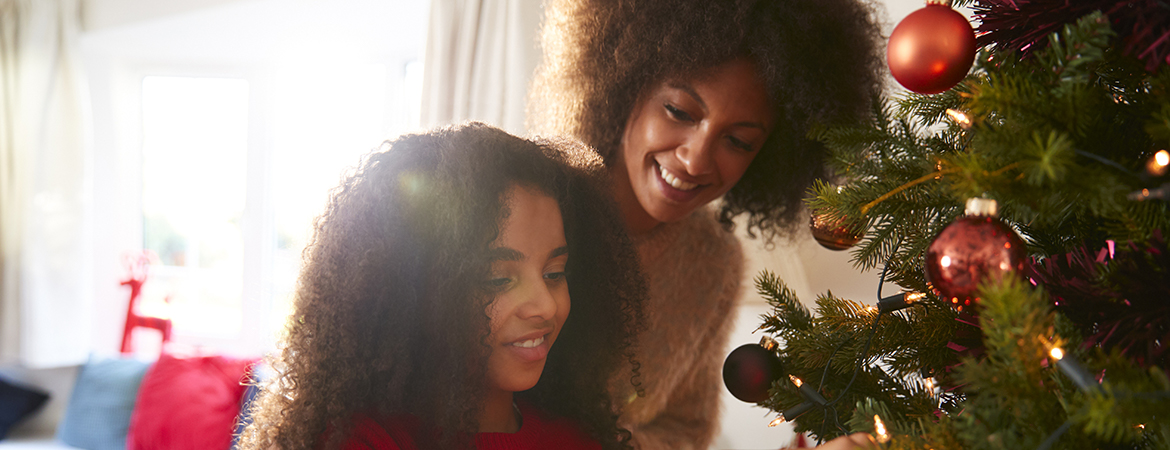Christmas tree safety tips
Avoid a tree tragedy this holiday season! Christmas trees annually cause millions of dollars in property damage.

O, Christmas tree! For many, the luminance of a lush evergreen adorned in twinkling multi-colored lights is a timeless tradition. But did you know that this holiday staple is often a home hazard? Read on for a few hints to help you avoid a tree tragedy in your living room this season:
- FIRE HAZARDS
There’s nothing quite like that fresh fir scent filling your home around the holidays. While there’s certainly something magical about decorating a live tree, they do require a little extra upkeep. Did you know a dry tree can catch fire and burn faster than newspaper? Between 2018 and 2022 (the latest data available as of November 2025), fire departments in the United States responded to an annual average of 155 home structure fires caused by Christmas trees. On average, these fires resulted in four civilian deaths, seven civilian injuries, and $15 million in direct property damage each year. Heated rooms rapidly dry out live trees, so it’s imperative to keep them fresh and well-watered. Monitor water levels daily, and keep the tree stand filled with water.
Need some quick ways to test the freshness of your tree? A fresh tree is green, the bottom of the trunk is sticky with resin, and needles are hard to pull from branches and do not break when bent between your fingers. After the holiday is over, get rid of your tree! Dried-out trees are a fire hazard and should not be left in the home, garage, or even on the property. Check with your local community to find a recycling program.
- PLACEMENT
Make sure your tree is at least three feet away from any heat source, like fireplaces, radiators, candles or heat vents. In 25% of Christmas tree fires, a heat source was too close to the tree, according to the NFPA. If possible, it is also advisable to anchor your tree to keep it from tipping over.
- KIDS
Try to avoid using sharp or breakable objects as ornaments, but if you do, place them high on the tree and out of reach for youngsters. Decorative, liquid-filled “bubble lights” contain methylene chloride, which can be poisonous if a child drinks the fluid from more than one light (even if labeled nontoxic). In addition, snow sprays contain acetone or methylene chloride. These solvents can be harmful when inhaled. Once the snow spray is dried, it is not dangerous.
- PETS
Many aspects of a live tree can also be toxic to pets. Preservatives, pesticides, and fertilizers from the tree farm often seep into the water. Use a covered tree stand to be safe! Homemade salt-dough ornaments can additionally be a tempting treat for both two- and four-legged members of your home, but can cause life-threatening imbalances in pets. Holly and mistletoe can cause gastrointestinal issues and even cardiovascular problems when ingested, and various lilies that are often found in holiday bouquets can cause kidney failure in cats. Keep in mind that garland and lights pose a strangulation risk, especially for cats who may view this shiny décor as a toy.
- LIGHTS
Electrical distribution or lighting equipment is involved in 44% of home Christmas tree fires. To help keep your tree fire-free, be sure to use lights that are listed by a qualified testing laboratory and rated for indoor use. Check new and used lights for broken cords, frayed wiring, or loose connections before plugging them in, and always turn off the tree’s lights before going to bed!
So when it comes to holiday safety, make your list, check it twice and enjoy a disaster-free holiday season!
>> At Kentucky Farm Bureau, we’re just as invested in your home as you are. We protect what’s important to you – from farms and fishing boats to minivans and mobile homes. To see a full list of products we insure, click here.
